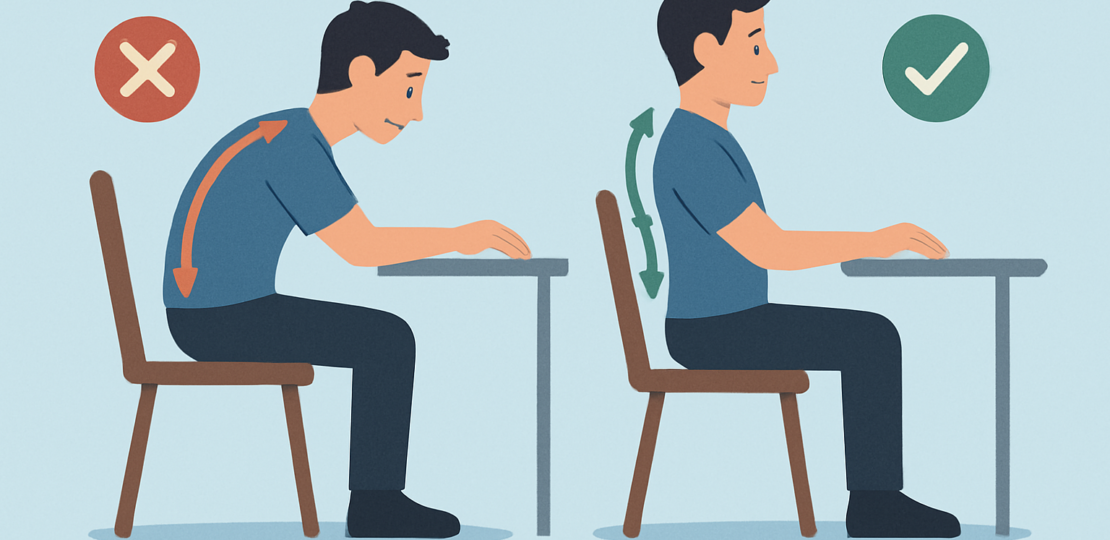
A job interview room feels charged with unspoken judgments. You sit across from the panel, shoulders tense and back slightly hunched. Without a word being exchanged, your posture has already spoken for you. This subtle, often unnoticed link between body position and emotional or psychological state is at the heart of postural feedback — the idea that how we hold our bodies can shape how we feel, think, and even behave.
The concept gained prominence through research by social psychologist Amy Cuddy and colleagues, who explored how expansive, upright postures (often called “power poses”) can influence confidence and stress. In their 2010 study, participants who held expansive postures for just two minutes reported feeling more powerful and less stressed compared to those who sat in closed, contracted positions. While the hormonal effects in Cuddy’s original findings faced replication challenges in later studies, the broader connection between posture and psychological state has been supported by other research in the field of embodied cognition.
Postural feedback works because the brain constantly receives sensory information from the body — a feedback loop. An upright, open posture sends signals associated with alertness and control, whereas slouched or withdrawn postures can reinforce feelings of fatigue, insecurity, or sadness. This relationship has been observed in both everyday scenarios and clinical contexts, such as posture-based interventions for depression, where improving stance can boost mood and social engagement.
Your body is already telling your story, and with postural feedback, you have the chance to make that story one of confidence and capability. Even a small shift in stance can be the silent nudge your mind needs to follow suit.
RELATED POSTS
View all


